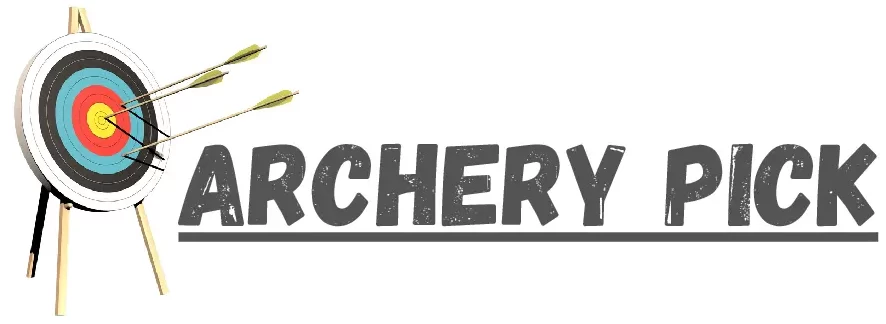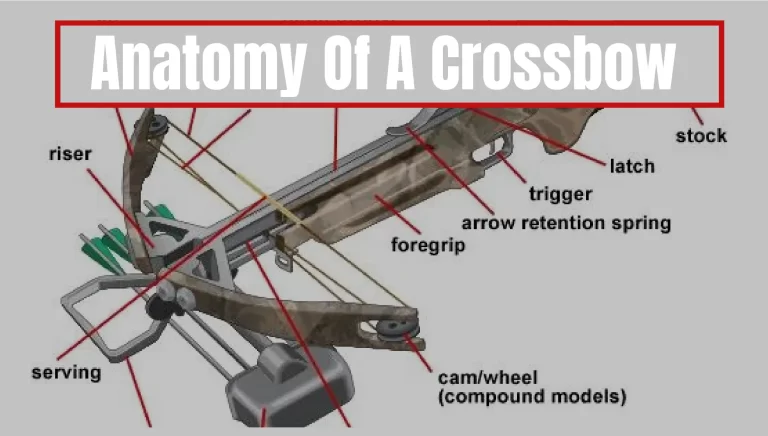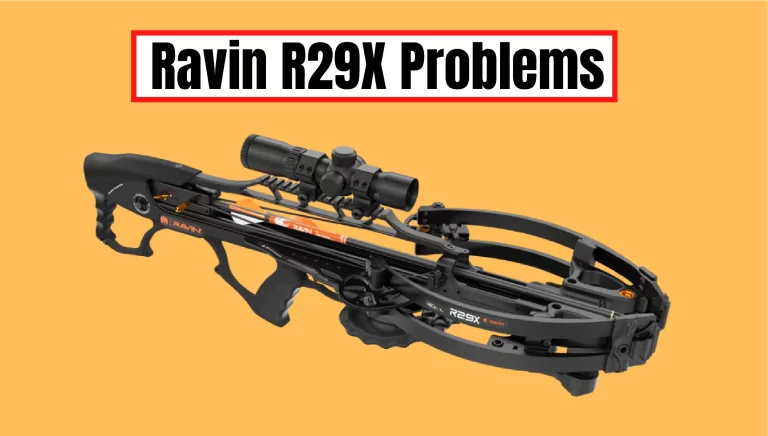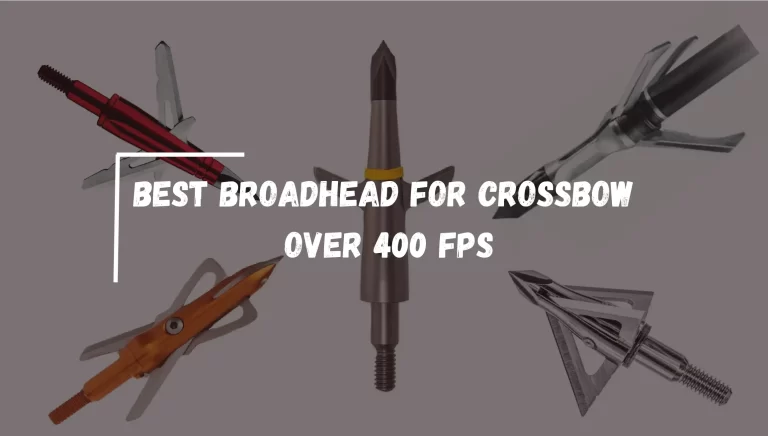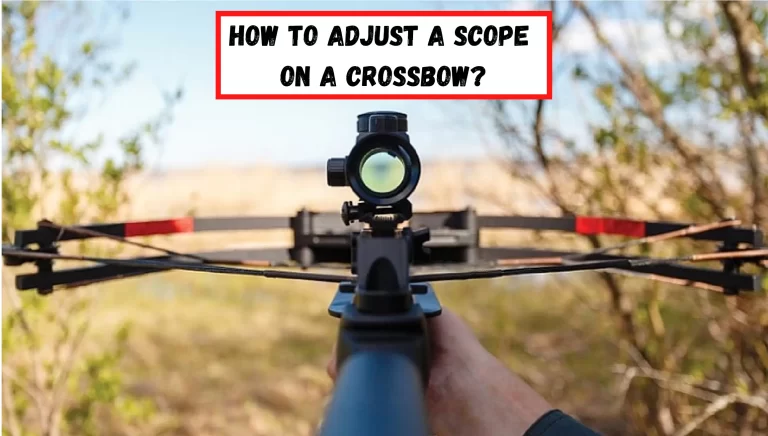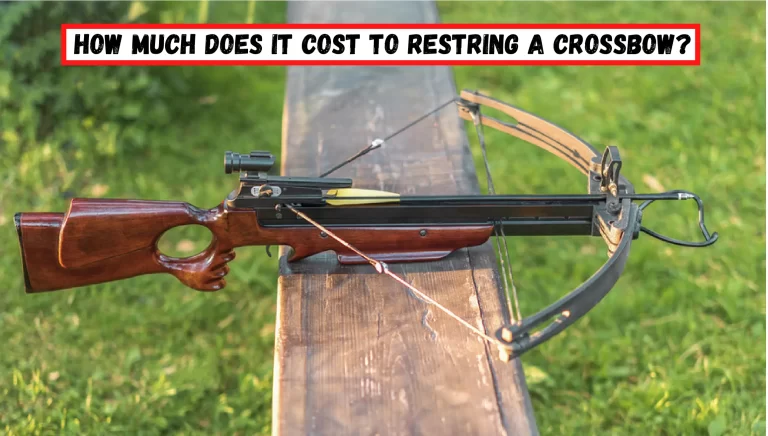What Are The Two Most Common Types of Crossbows?
"As an Amazon Associate, I earn from qualifying purchases. This post contains affiliate links"
When most people think of crossbows, the first thing that comes to mind is the medieval Gear used by knights in armor. If you are out looking for what are the two most common types of crossbows then you are in the right place.
The two most typical types of crossbows are recurve and compound. Even though both deliver a lot of power, the compound model is more powerful than the recurve. Apart from that, the compound crossbows have modern design which includes scopes and pulleys.
However, it may still not ring a bell for you. You might be wondering what is a recurve crossbow and how is it different than a compound one. In short, you must be looking for a complete guide right?
Well, don’t worry because we have got you completely covered!
What is a Recurve Crossbow?
Starting with the most common type of crossbow, the recurve design is a more traditional and classic-looking bow. This type of crossbow utilizes limbs that are straight and then curve away from the shooter at the tips to store more power as it’s drawn back.

The string of a recurve crossbow must be manually cocked, which involves taking extra steps to stretch out the string and attach it to the prod or limb properly before shooting.
Recurve bows come in all shapes and sizes – from small hunting crossbows designed for short-distance accuracy, to bigger war bows used by armies on battlefields. Though these types of crossbows require more time to load than their compound counterparts, they do offer increased accuracy due to their simple design.
What are the Pros and Cons of a Recurve Crossbow?
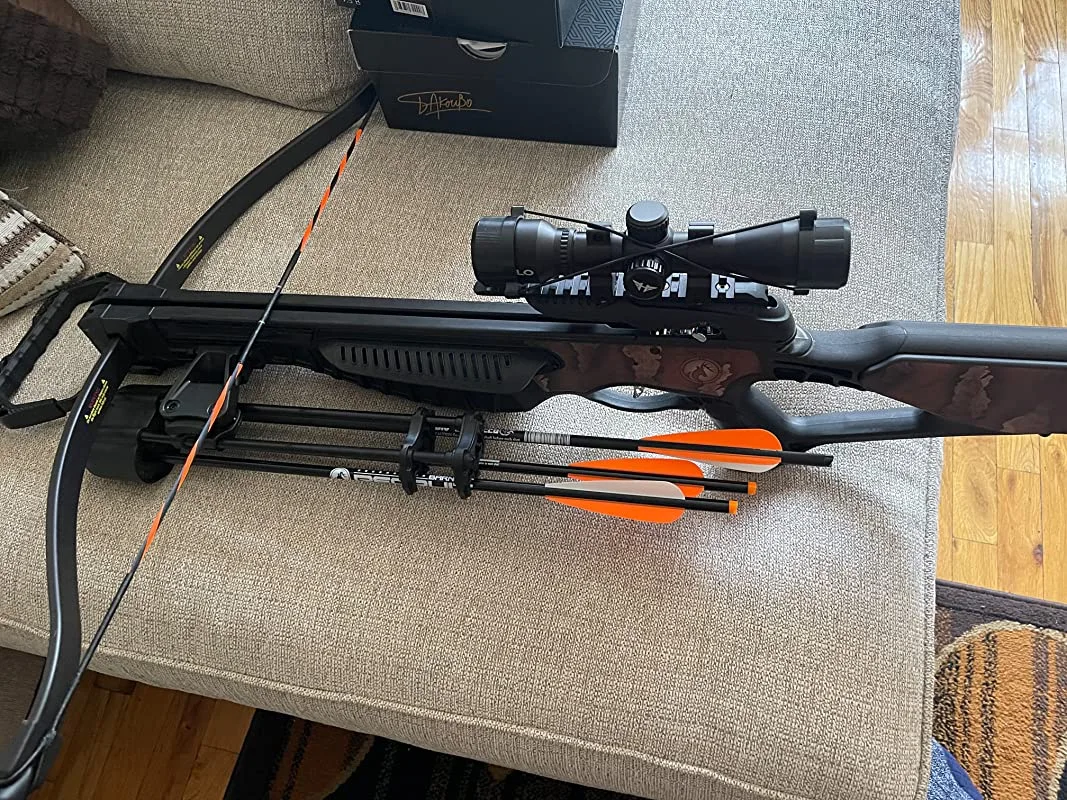
Recurve crossbows have both advantages and disadvantages. Some benefits of this type of bow include:
- More accurate shooting, especially at short ranges
- Easier to maintain, since they don’t utilize complex parts
- Durability – recurves are generally considered more reliable than compound bows
On the downside, recurves require more time for cocking and loading. This is because the string must be manually attached to the prod/limb every time you shoot.
In addition, as this type of crossbow doesn’t store energy from its draw weight like a compound bow does, it can be less powerful when shooting arrows at longer distances.
What is a Compound Crossbow?
A compound bow is an advanced type of crossbow that uses a system of cams, pulleys and cables. The outer riser remains the same as with a recurve bow, but instead of straight limbs, it features two levers (cams) at each end connected to the string by two cables – one on each side.
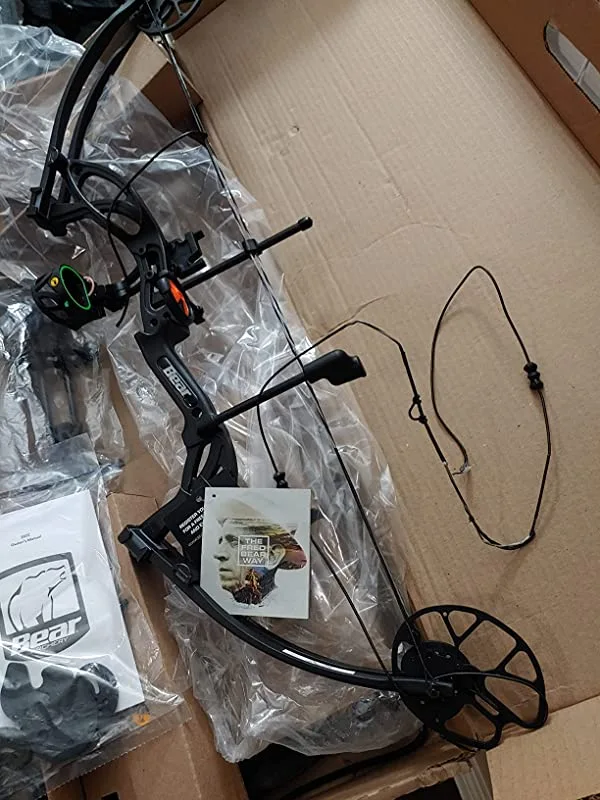
These cams are designed so that they store energy while you’re drawing back the string, and then release all of it at once when you let go, resulting in much higher arrow speeds than a recurve can achieve.
This makes them ideal for shooting at longer ranges. Compound bows also have a built-in mechanism that reduces draw weight when holding the string back, which makes them easier to cock.
You Might Like To Read:-
What are the Pros and Cons of a Compound Crossbow?
Similar to recurve bows, compound crossbows come with their own set of benefits as well as drawbacks. Some advantages include:
- Higher arrow speed – compounds can achieve much higher velocities than recurves
- Ease of use – they require less effort while drawing back the string due to built-in mechanisms that reduce the draw weight
- More accurate shooting at long distances
However, this type of bow is also more expensive and not as reliable as its recurve counterpart due to its complex mechanical design. In addition, it requires more maintenance in order for it to work properly. For example, it needs to be restrung and tensioned every few months or so.
Which One is More Powerful: Recurve or Compound Crossbow?
It’s hard to say which is more powerful – recurve or compound crossbow. Recurves are usually considered to be more accurate and reliable, while a compound bow has the advantage of higher velocities due to its cam system.
Ultimately, it all depends on how you plan to use your crossbow and what type of shooting you do most often. If you’re looking for accuracy at short distances, then a recurve would likely suit your needs better. However, if you want power and distance, then a compound bow may be the way to go.
No matter which type of crossbow you choose, make sure that you practice proper safety techniques when using it and always wear appropriate protection. Also, be sure to check the string and attach it to the prod or limb properly before shooting.
Can You Mount a Scope on a Recurve Crossbow?
Yes, it is possible to mount a scope on a recurve crossbow. However, due to the design of these bows and the lack of an appropriate mounting system, you may need to modify your bow in order to attach a scope.
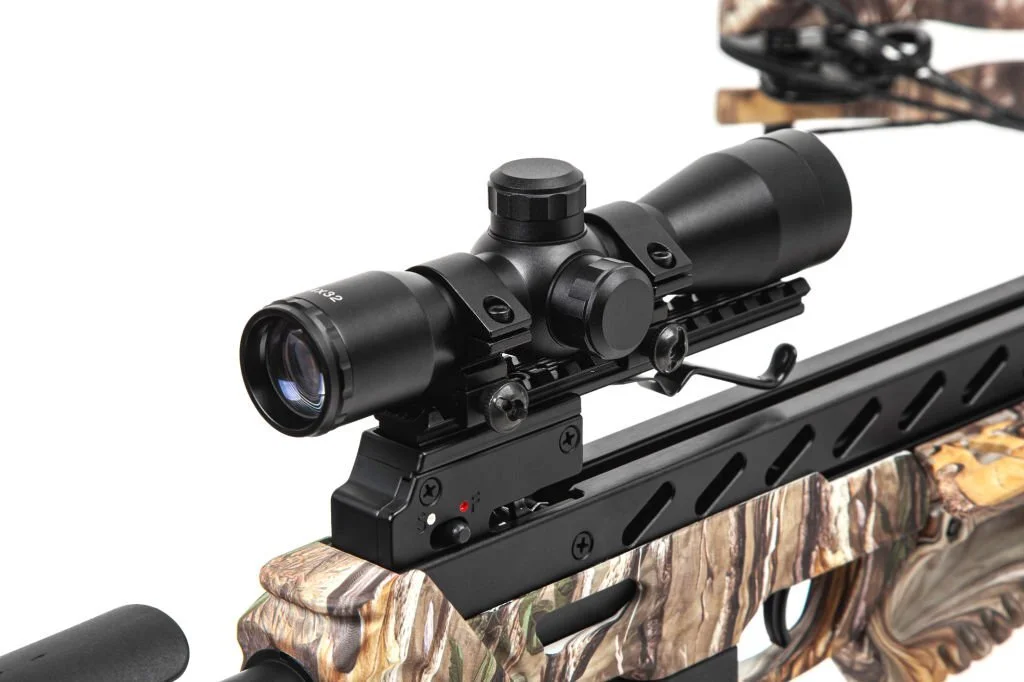
You can either buy an aftermarket mounting kit or have a gunsmith customize one for you. It’s important that the scope is securely attached and doesn’t interfere with the bow’s operation so that it doesn’t reduce accuracy or damage the limbs.
Once mounted properly, a scope can greatly improve accuracy at long distances and make shooting much easier by giving you more precision when aiming.
Can You Mount a Scope on a Compound Crossbow?
Yes, you can mount a scope on a compound crossbow. As these bows feature an outer riser, they typically come with an appropriate mounting system for attaching optics.
This makes it much easier to attach a scope without needing any modifications or specialized tools. Once the scope is mounted properly and aligned correctly, it can dramatically improve accuracy at long distances by providing more precise aiming.
In conclusion, there are both pros and cons to using either a recurve or compound crossbow, so it’s important to understand which type of bow best suits your needs before making a purchase.
Both types can benefit from having a scope attached, but only the compound bow will have an appropriate mounting system already included.
Which One is More Safer: A Compound or a Recurve Crossbow?
When it comes to safety, both compound and recurve crossbows offer good protection for the shooter. With a compound bow, the limbs are shorter and more angled than with a recurve bow. This makes them easier to handle and control when shooting.
Compound bows also have cams that reduce the draw weight of the bow, making it easier to pull back and shoot safely.
Recurve bows on the other hand don’t feature any type of cam system, so there is no reduction in draw weight when pulling back the string. The longer length of the limbs can make it harder to manage when aiming or shooting at an animal target.
However, since these bows lack any specific safety features like those found on compound bows, they are generally considered to be safer for the shooter.
Overall, both compound and recurve crossbows offer safe shooting experiences when used properly. With any type of bow, it is important to practice safety protocols such as wearing eye protection and ensuring that your arrows are the correct length and weight for the bow you’re using.
It’s also wise to keep a few extra arrows on hand in case of accidental breakage during use. Ultimately, which one you choose will depend on your own preferences and experience level with each type of bow.
- Our First-Hand Experience with the Best Crossbow for Beginners.
Conclusion
Both recurve and compound crossbows have their own set of pros and cons. When choosing one, you should consider your budget, shooting preference, and the level of maintenance you are willing to do.
Whichever type of bow you choose, just make sure that you practice safe shooting habits at all times!
Hope this guide is helpful in understanding the differences between Recurve Crossbows and Compound Crossbows. If there’s anything else we can help with don’t hesitate to reach out!
Thanks For Reading!
Related Articles:-
- Are Recurve Bows Good For Hunting?
- How to Determine Arrow Length for Recurve Bow?
- What Should You do When Cocking a Crossbow?
- What Sets a Crossbow Apart From Other Bows?
- What is the Best Archery Bow for a Woman?
- How to Aim Crossbow Elden Ring?
- Is Archery An Expensive Hobby?
- What is A Robin Hood in Archery?
- Can Archery Targets Get Wet?
- What is A Quiver in Archery?
